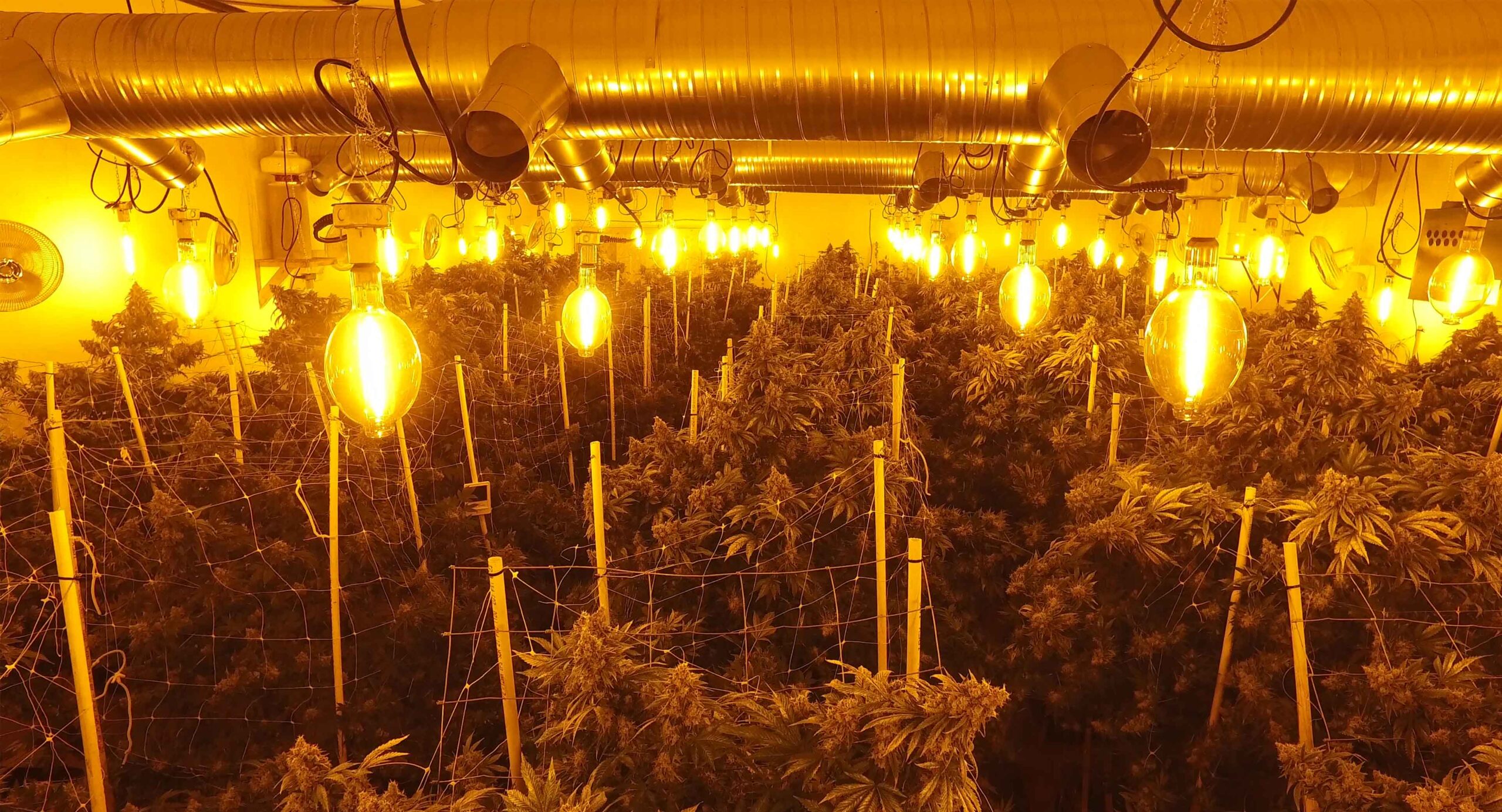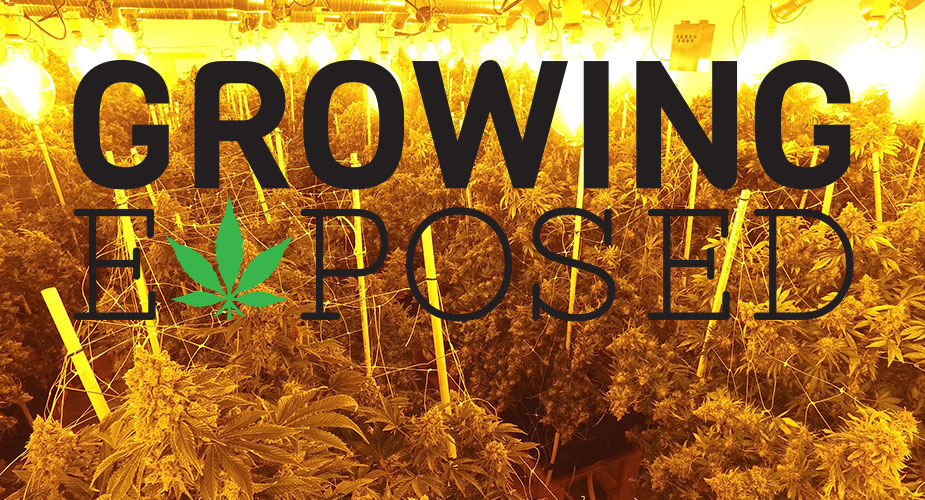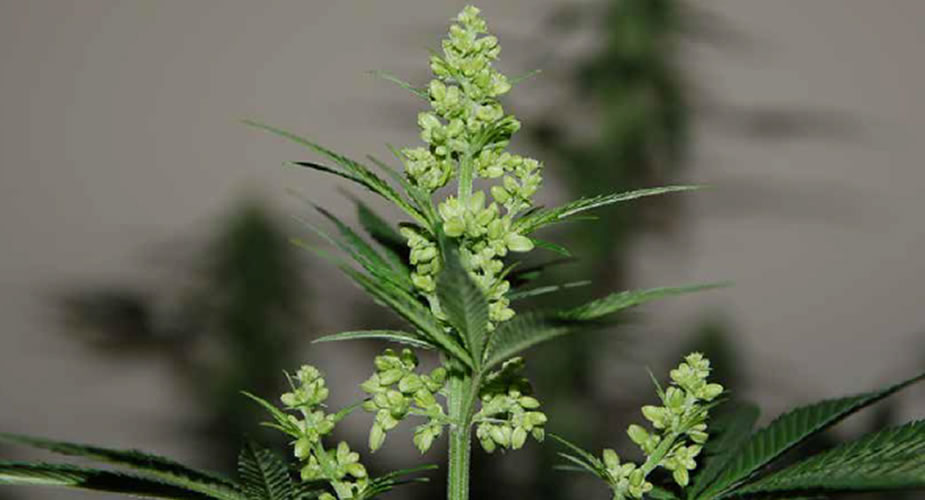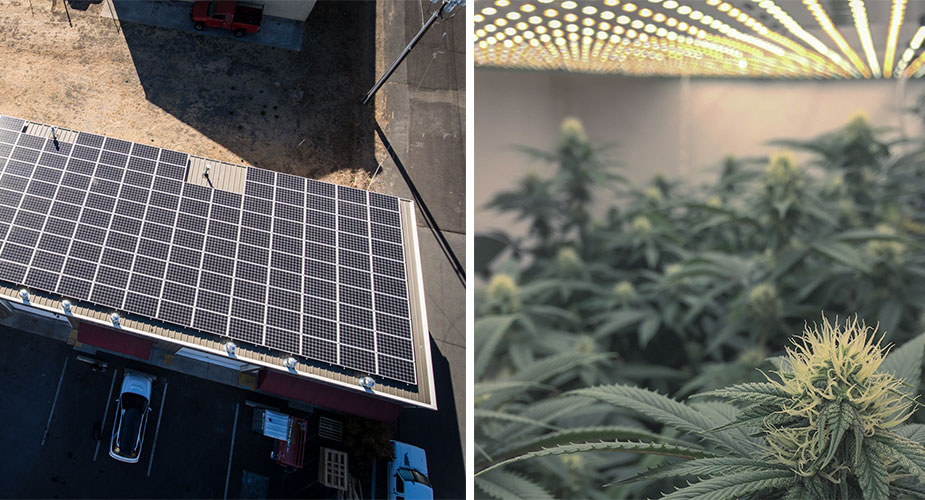Now, what would you do if you had a warehouse the size of a football field at your disposal? Being a Stoner Magazine reader, we think it’s probably safe to assume that you’d be thinking of the best way to fill it with cannabis plants as did these next growers.
It isn’t every day that you see terminal buds the size of a man’s head, but this particular grow has a good reason for growing cannabis plants that could easily be mistaken for trees. The facility owners are medical users who follow strict regulations limiting their plant count; so in order to grow a lot of medicine, while staying within the law, they didn’t have much choice.
As a result, they’ve chosen methods of cultivation that allow one plant to grow buds the size of 2 liter soda bottles, utilizing more space and height than someone would designate for one plant in a typical grow. But before you start thinking of growing large cannabis plants yourself, you may want to consider that this technique has its own set of challenges.
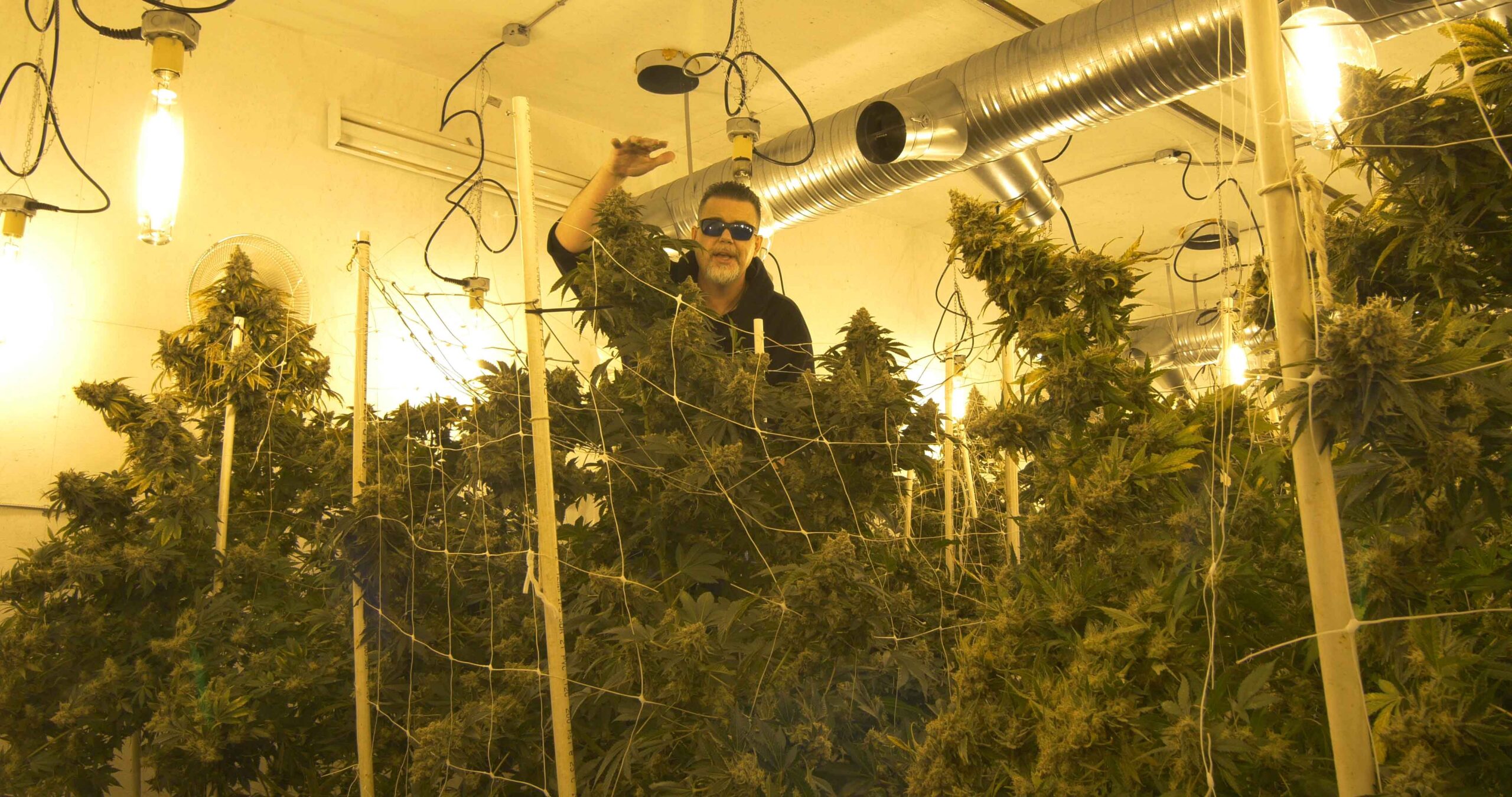
First, you need the ceiling height. The plants alone are 10 feet tall when finished and not all strains like to grow big. This particular strain is called Moby Dick and the grower told me “anyone considering this method needs to pick a strain that likes to grow like a Christmas tree.” Think of the time it takes to grow larger plants… the longer the plant stays in the room, the longer it is exposed to the possibility of pest and disease. For this reason, it’s important to work with a dialed-in system before you scale up.
“Controlling your genetics is the number one factor in maximizing yield,” says David Robinson. The author of The Grower’s Handbook and Resident Expert, David goes on to explain, “controlling your own genetics by growing clones of your most favorable phenotype, you eliminate problems associated with outsourcing and can achieve a predictable growth pattern, maintain good genetics, and consistently pump out a high-quality product.”
Growing indoors also requires some high-tech equipment that is used to control your environment. From lighting, climate control, water filtration and more. This grower uses a recirculating hydroponics system; they steer far away from traditional growing methods and hone the advantages of high-tech growing technology. The reservoir is where nutrients, and in this particular case, dissolved oxygen which supports root aeration, are injected directly into the water. This grower uses GP3, a 3-part nutrient system by Green Planet Nutrients, as their choice base nutrient system. This grower has been around a long time and experimented with every nutrient program on the market. The GP3 system was created through years of scientific research looking for more efficient ways to grow in hydroponic systems, soilless growing mediums, and in soil.
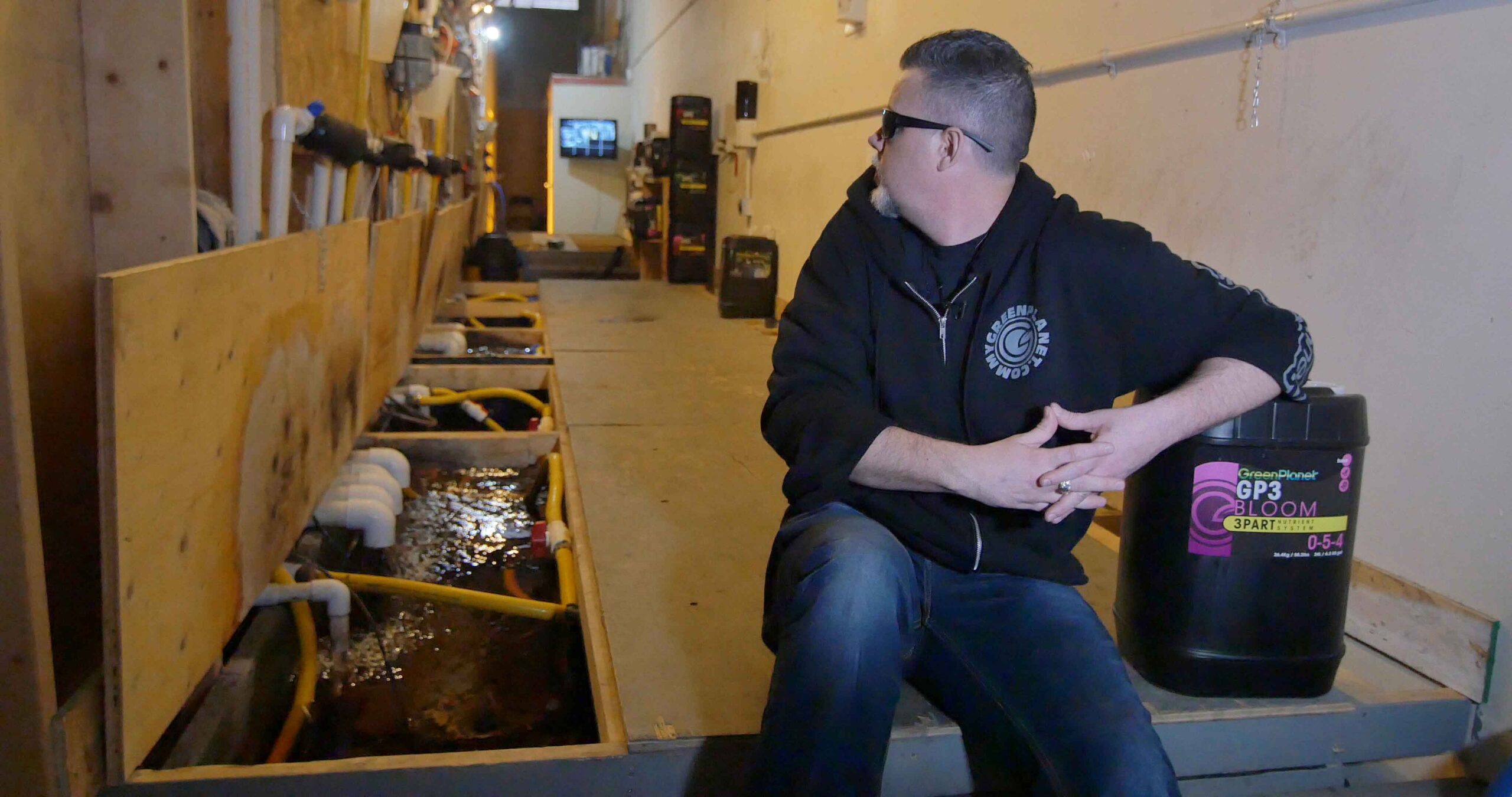
“It’s an amazing product,” explains tour guide, Jason Wilcox. “This particular grower is running a hydroponic system and the results are phenomenal. You’ve got your bloom, your veg, and your micro. It’s referred to as a 3-part nutrient because all are used simultaneously depending on the life stage of the plant.”
“I have toured some of the most amazing gardens in North America,” says producer of the show Jeremy Deichen. “I don’t think it is a coincidence that every time I visit a commercial grow that blows my mind the grower is using Green Planet Nutrients.”
By the time these plants reach the flower chamber, huge, luscious buds the size of Jason’s head are all frosted in trichomes, creating another problem albeit a good one: how to harvest all these chunky buds in a timely fashion? A grow this size can become tedious and highly labor intensive. This is where Keirton, a company that manufactures the Twister, a wet and dry trimmer for the cannabis industry, saves the day. With conveyor belts and all sorts of high-tech machinery, this trimmer can wet-trim an incredible 9lbs of cannabis in an hour, which is imperative for a grow of this scale.
Have we peaked your interest? Click: Growing To New Heights to watch this episode yourself and learn more at growingexposed.com.

